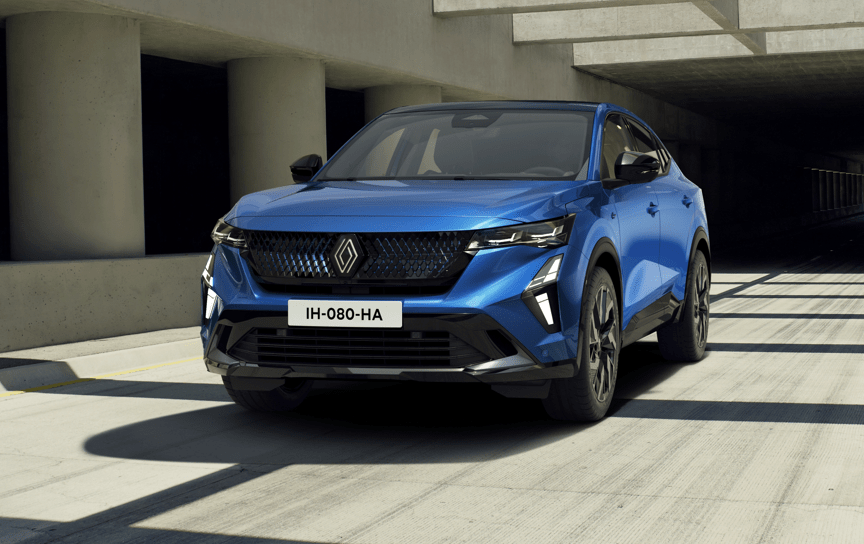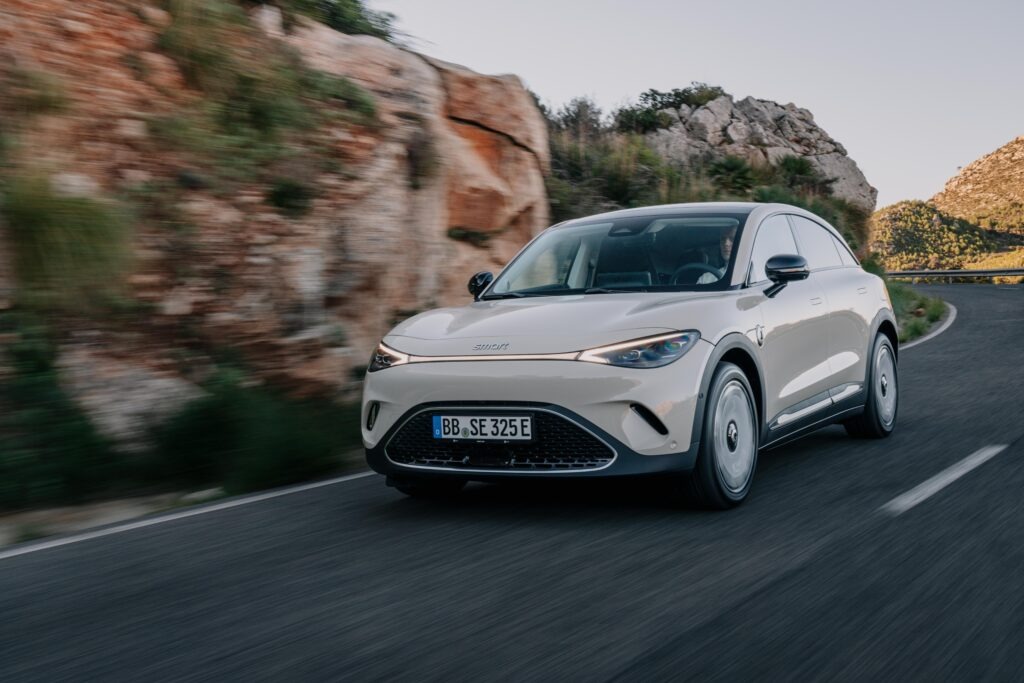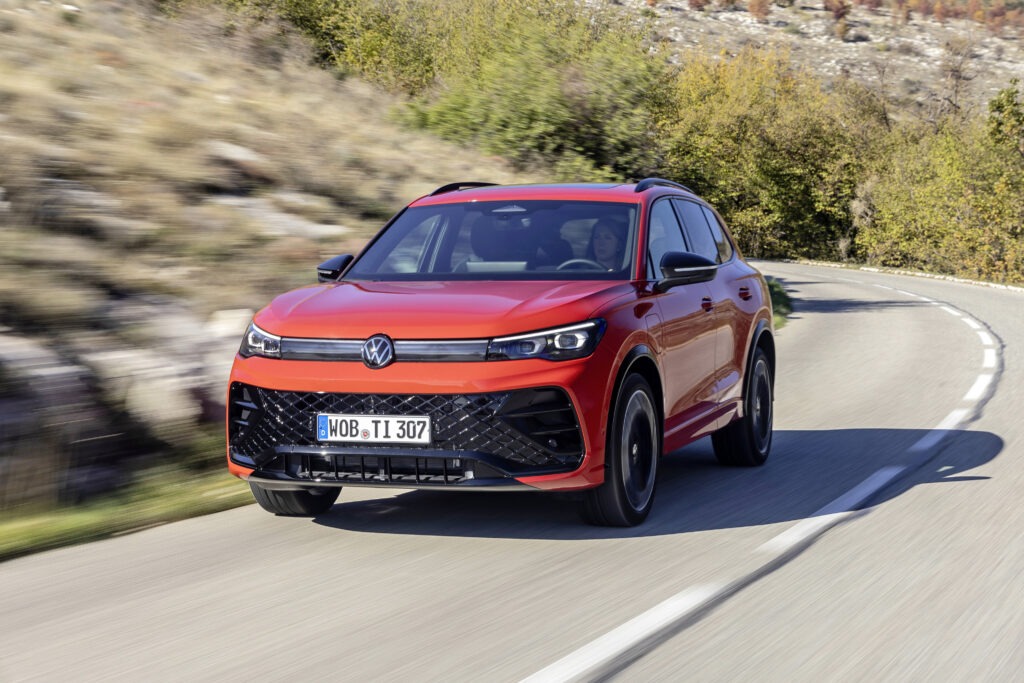Launch Report: Citroën e-C3 makes all-electric mobility more affordable
28 October 2024

The new Citroën e-C3 is a timely and affordable battery-electric vehicle (BEV) from the French carmaker. Autovista Group experts examine the model with Autovista24 special content editor Phil Curry.
Citroën is going through a period of reinvention, as it aims to make electric motoring affordable. Its new electric version of its popular C3 model, the e-C3, is its first step on this journey.
Looking to introduce more people to the benefits of BEVs, Citroën has designed the e-C3 to stand out, but not overburden buyers with expensive additions.
Autovista24’s latest Launch Report benchmarks the Citroën e-C3 against its key rivals in Austria, France, Italy and the UK. This includes a detailed analysis of its strengths, weaknesses, opportunities and threats. New price points are also outlined alongside forecast residual values.
SUV inspiration
The latest generation of the C3 adds a bolder design to the small hatchback, giving it an SUV profile. A boxy front end houses Citroën’s new badge design and headlight profile. This sets up a strong stance, helping the car look bigger than it is.
The shape may not seem overtly aerodynamic, but Citroën has included plenty of lines to channel air around the car. This includes the rear profile, where the bodywork flairs. This design continues into the lighting units, giving the impression of fins. This design was made even more extreme on the C5 Aircross Concept launched at the 2024 Paris Motor Show.
A straight back end and up to 17-inch wheels mean the model is far removed from the older, curvier C3. This makes it more visually appealing to a wider audience.
Technology on a budget
Inside, the e-C3 sees Citroën continue its legacy of driver and passenger comfort. The carmaker has included its advanced comfort seats, which use additional foam to provide extra cushioning and support. This, together with comfortable suspension, makes it a good fit for those looking for a relaxing drive.
The new vehicle profile also improves the interior space. The e-C3 stands 1.57-metres tall, higher than the old model, increasing headroom for front passengers. With the boxier SUV profile and no sweeping rooflines, rear headroom is also greatly improved. Back-seat passengers also benefit from good legroom, something that is sometimes difficult to find in smaller vehicles.
To help keep costs down, the e-C3 interior is sparse in terms of gadgets and premium technologies. However, this works in the vehicle’s favour. The 10.25-inch touchscreen is adequate, while the slim driver display sits high on the dashboard, well within the vision line. There are plenty of physical buttons for the vehicle controls too.
However, in the entry-level version, Citroën does not include the infotainment screen. Instead, a smartphone cradle is installed. This saves on costs but reduces the functionality and size of the infotainment area.
This specification also removes the electric windows from the rear doors, with manual options instead. These specifications are mirrored in some other budget models. Yet they are a noticeable reminder of the low-price specification for those unable to afford the next step up.
Practically practical
The e-C3 comes with a 310-litre boot, a decent size and plenty for a small family. However, the car’s SUV nature does not extend to the loading space. No flat floor can make it more difficult to use.
In terms of power, Citroën launched the e-C3 with a 44kWh battery, capable of producing 113hp. The smaller battery pack means the car is lighter, but has a lower driving range of 320km. To mitigate this, the model has a 100kW DC charging capacity. This means its battery can go from 20% to 80% in 26 minutes.
However, the model will be more suited to town and city driving rather than long-distance trips. Citroën has limited the e-C3 to a top speed of 132kph, with the 83kW motor producing a 0-100km time of 11 seconds. This is not a performance car and is not intended to be.
Comfort mode
Citroën’s vehicles have always been known for their comfortable ride, and the e-C3 does not disappoint. Where some BEVs have stiffer suspension settings to offset the vehicle weight, the e-C3 features the brand’s advanced comfort suspension. Hydraulic components act to soften the ride, allowing the model to soak up bumps.
This does provide a certain amount of roll in the corners, however, especially with the vehicle now sitting higher. It is also susceptible to gusts of wind, with its flatter and boxier side profile.
Yet the e-C3 is a good car to drive. The smaller steering wheel is not an issue, and the car turns into corners with ease. In a town or city environment, the power limitations are not noticeable, whereas the handling potential of the model is. On faster roads, the e-C3 performs well but is not exciting.
Overall, the Citroën e-C3 is a good entry-level BEV. With prices comparable to petrol and diesel models, it can help introduce buyers to the technology.
View the Autovista Group dashboard, which benchmarks the Citroën e-C3 in Austria, France, Italy and the UK. The interactive dashboard presents new prices, forecast residual values, and SWOT (strengths, weaknesses, opportunities, and threats) analysis.





